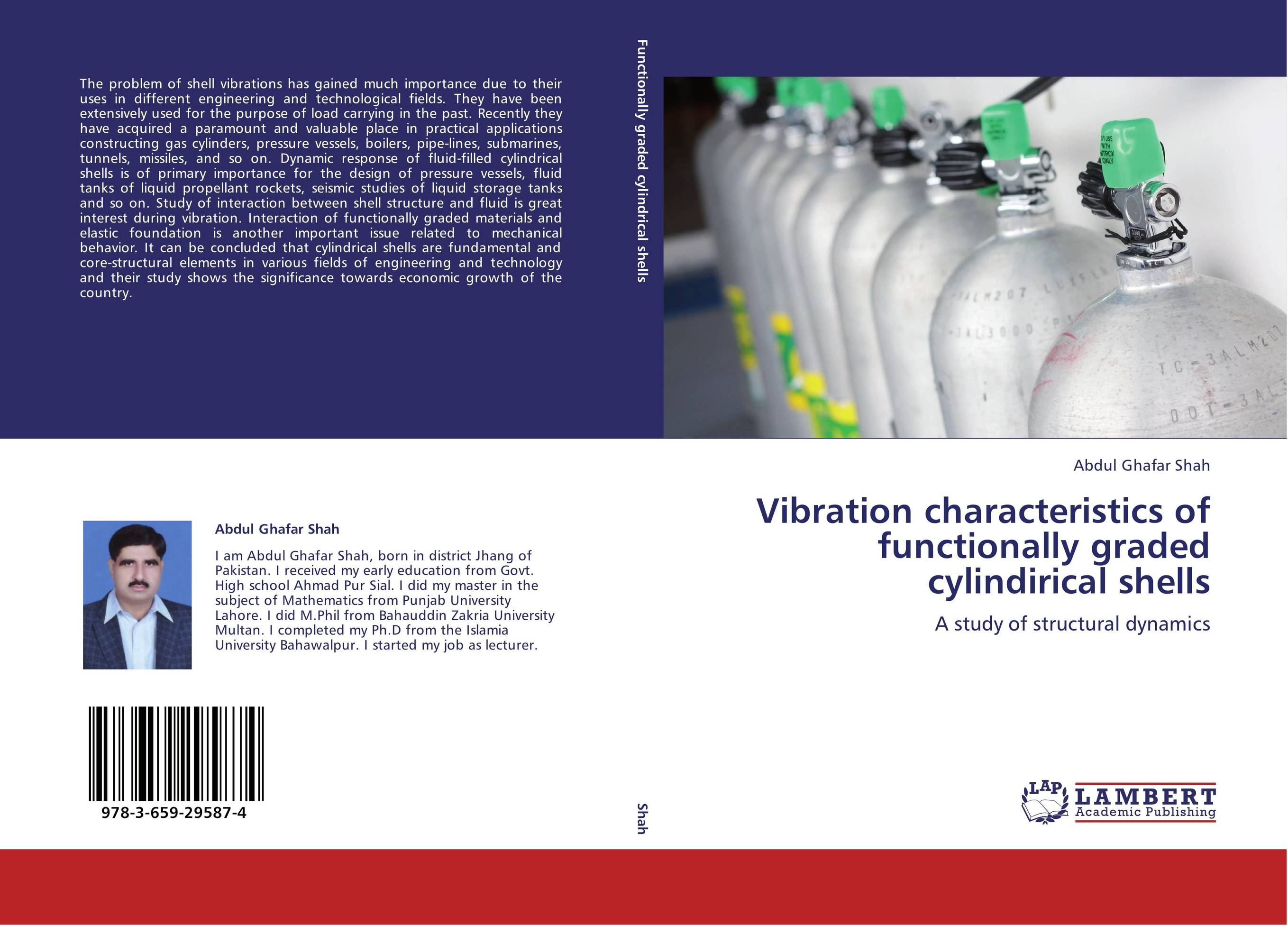| Поиск по каталогу |
|
(строгое соответствие)
|
- Профессиональная
- Научно-популярная
- Художественная
- Публицистика
- Детская
- Искусство
- Хобби, семья, дом
- Спорт
- Путеводители
- Блокноты, тетради, открытки
Vibration characteristics of functionally graded cylindirical shells. A study of structural dynamics

В наличии
| Местонахождение: Алматы | Состояние экземпляра: новый |

Бумажная
версия
версия
Автор: Abdul Ghafar Shah
ISBN: 9783659295874
Год издания: 2012
Формат книги: 60×90/16 (145×215 мм)
Количество страниц: 164
Издательство: LAP LAMBERT Academic Publishing
Цена: 43524 тг
Положить в корзину
| Способы доставки в город Алматы * комплектация (срок до отгрузки) не более 2 рабочих дней |
| Самовывоз из города Алматы (пункты самовывоза партнёра CDEK) |
| Курьерская доставка CDEK из города Москва |
| Доставка Почтой России из города Москва |
Аннотация: The problem of shell vibrations has gained much importance due to their uses in different engineering and technological fields. They have been extensively used for the purpose of load carrying in the past. Recently they have acquired a paramount and valuable place in practical applications constructing gas cylinders, pressure vessels, boilers, pipe-lines, submarines, tunnels, missiles, and so on. Dynamic response of fluid-filled cylindrical shells is of primary importance for the design of pressure vessels, fluid tanks of liquid propellant rockets, seismic studies of liquid storage tanks and so on. Study of interaction between shell structure and fluid is great interest during vibration. Interaction of functionally graded materials and elastic foundation is another important issue related to mechanical behavior. It can be concluded that cylindrical shells are fundamental and core-structural elements in various fields of engineering and technology and their study shows the significance towards economic growth of the country.
Ключевые слова: Vibration, Functionally graded cylindrical shell, Winkler and Pasternak elastic foundations, Love’s shell theory, Rayleigh-Ritz method, Wave propagation approach



